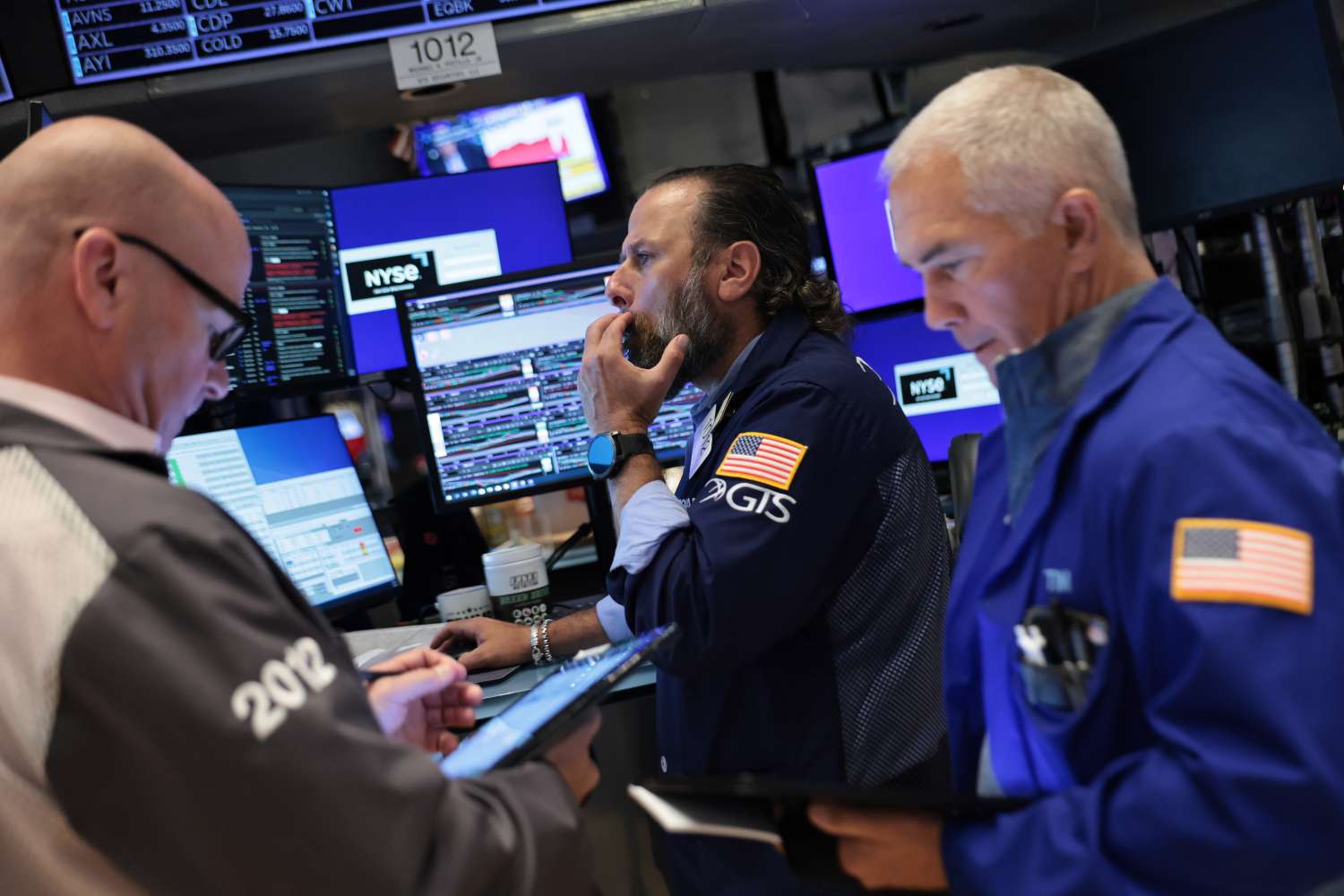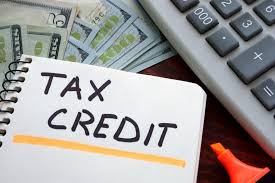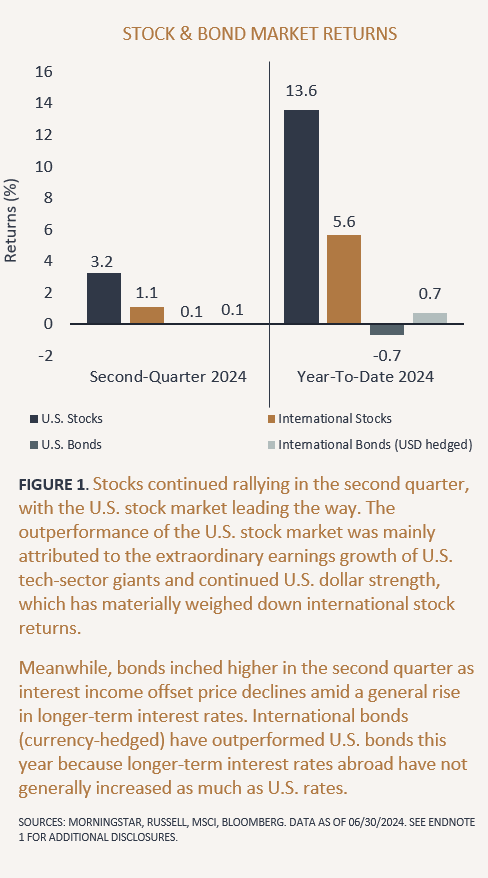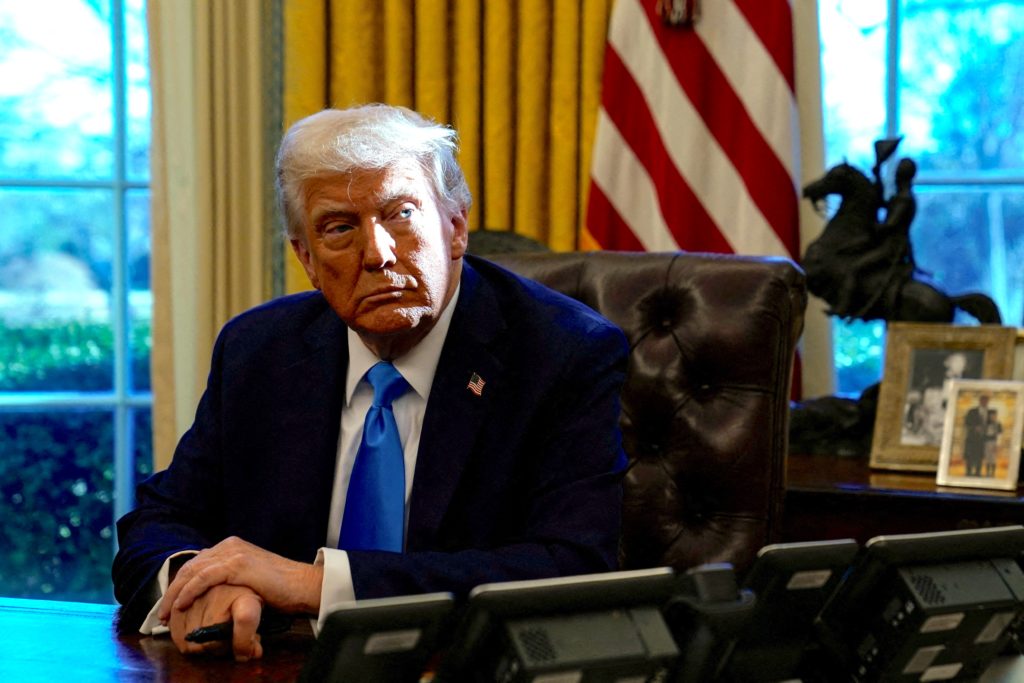Introduction
Inflation has been a persistent economic concern over the past few years, and as we move into 2025, its impact on consumer spending continues to evolve. With rising prices on essential goods and services, changing interest rates, and shifts in wage growth, American consumers are adjusting their spending habits in response to economic pressures.
The Current State of Inflation
As of 2025, inflation remains a key issue, though it has moderated compared to its peak in earlier years. The Federal Reserve’s aggressive interest rate policies have helped stabilize price increases, yet many households still feel the effects of past inflationary surges. Key areas such as housing, food, and healthcare continue to see elevated costs, requiring consumers to make strategic financial decisions.
Changing Consumer Behavior
- Prioritization of Essentials
With persistent price increases, consumers are allocating more of their budgets toward necessities like groceries, rent, and utilities, cutting back on discretionary spending such as dining out, travel, and entertainment. - Shift to Discount and Bulk Buying
Retailers and warehouse stores have seen a rise in demand as more consumers turn to discount shopping, bulk purchasing, and private-label brands to stretch their budgets further. - Reduced Credit Spending
Higher interest rates on credit cards and loans have led to a decline in consumer borrowing, with many Americans opting to save more and spend within their means rather than relying on debt. - Growth in Secondhand and Subscription Markets
Consumers are embracing secondhand shopping through thrift stores, online resale platforms, and rental services as a cost-saving measure. Additionally, subscription-based services for essentials like groceries and household items have grown in popularity due to their predictable pricing models.
Industry Impacts
- Retail and E-commerce
Traditional retailers are adapting by offering more discounts, promotions, and loyalty programs to retain price-conscious shoppers. Online marketplaces are also benefiting from increased secondhand sales. - Housing Market Adjustments
With mortgage rates still relatively high, home sales have slowed, leading more consumers to rent. This shift has put additional pressure on rental markets, driving up demand and prices. - Automotive Sector
High vehicle prices and interest rates have pushed consumers toward used cars, leasing options, and extended ownership of their current vehicles rather than purchasing new ones. - Travel and Hospitality
While travel demand remains steady, consumers are seeking budget-friendly alternatives such as domestic trips, off-season travel, and more economical lodging options.
Opportunities for Consumers and Businesses
- Personal Finance and Budgeting Tools
The rise of financial apps and budgeting tools helps consumers manage their expenses, track inflation trends, and make informed financial decisions. - Innovation in Affordable Products and Services
Companies that prioritize affordability, efficiency, and value-driven offerings will find opportunities in serving cost-conscious consumers. - Continued Growth of Remote Work and Gig Economy
Flexible work arrangements allow people to adapt to economic changes by taking on gig work or remote positions that provide additional income stability.
Conclusion
Inflation in 2025 continues to shape consumer behavior, encouraging more mindful spending and financial adjustments. While challenges persist, opportunities for both consumers and businesses exist through innovation, affordability, and strategic financial planning. Adapting to these shifts will be crucial for navigating the evolving economic landscape.






Leave a Reply